As per the constitutional provisions, Nepal was expected to hold elections for the local units, apart from the provincial assemblies and the federal parliament, until January 21, 2018. Accordingly, the country has already completed the local unit’s elections and it is gearing up for holding forthcoming provincial and federal elections on November 26 and December 7. 1 As the newly formed Madhesh-based Rastriya Janata Party Nepal (RJPN) that boycotted the first and the second phases of the local level elections, participated in the third one and made a commitment to participate in the forthcoming provincial and federal elections, all the hurdles in the smooth conduct of the elections are now over.
It was after two decades that Nepal conducted local level elections for the Village Councils and municipalities in all the seven provinces of the country. Of the 753 units of the local bodies in the country, elections were held in 283 units in the first phase on May 14 in Province 3, 4 and 6; 334 units in the second phase on June 28 in Province 1, 5 and 7; and in 136 units in Province 2 in the third phase on September 18. Nearly 73 percent of the people cast their votes in the elections in the first and second phases and 77 percent in the third phase.
The local units elections were conducted amidst heavy deployment of security forces, including the army, in Terai to avoid any untoward incident. Nevertheless, the Madheshi people in Shri Rampur village in Nawalparasi district totally boycotted the elections arguing that the constitution under which the election was conducted was illegitimate. Besides, sporadic incidents of violence were reported in several parts of the region.
Results of the Local Units Elections
First Phase of the Local Units Elections
Of the 283 seats of the chairperson/mayor of the Village Councils and the municipalities, the Communist Party of Nepal – Unified Marxist Leninist (CPN-UML) was able to win 44 percent seats followed by the Nepali Congress (NC) and the Communist Party of Nepal – Maoist Centre (CPN-MC) which won 36 percent seats and 17 percent seats respectively (Table No. 1). Political parties other than these three could get only 3 percent of the seats.
| Political Parties | Seats Won in Local Level Elections | Percentage |
|---|---|---|
| NC | 104 | 36 |
| CPN-UML | 125 | 44 |
| CPN-MC | 47 | 17 |
| Others | 7 | 3 |
| Total | 283 | 100 |
Second Phase of the Local Units Elections
Both the CPN-UML and the NC maintained almost same position in the elections of the chairperson/mayor of the Village Councils/municipalities during the second phase as they had in the first phase. Of the 334 seats of the chairperson/mayor in the second phase of the local units election, the CPN-UML won 45 percent seats followed by the NC which won 37 percent seats (Table No. 2). The CPN-MC, however, could not win as many seats in the second phase of the local units election as it had won in the first phase.
| Political Parties | Seats Won in Local Level Elections | Percentage |
|---|---|---|
| NC | 122 | 37 |
| CPN-UML | 151 | 45 |
| CPN-MC | 39 | 12 |
| Others | 22 | 6 |
| Total | 334 | 100 |
The Third Phase of the Local Units Elections
Interestingly, the third phase of the local elections was different in many respects as compared to the first and second phases of the local elections. Unlike the first and second phases that were conducted in both in the hills/mountain and the Madhesh regions, the third phase of the local elections was conducted solely in the heartland of Madhesh region in Province no. 2. Another important dimension of the elections was the participation of Rastriya Janata Party Nepal (RJPN), the representative of Madhesh region, in the elections. The RJPN had boycotted two previous elections in view of the fact that the state did not meet any of their demands.
The RJPN participated in the third phase of the local elections despite the fact that the second amendment proposal was defeated in the Nepalese parliament. As the CPN-UML voted against the amendment bill, many of the Madheshi leaders criticized this party for its racist and anti-Madhesh attitude. In fact, the RJPN had its own compulsions to participate in the third phase of the local elections. Had it boycotted the third phase like in the past, chances were high for many of its cadres to desert the party. The boycott of the two previous elections by this party did not prove that effective. But its participation in the third phase also meant losing the Madheshi agenda and accepting the same constitution that it had opposed all through.
Importantly, the RJPN used ‘bicycle’ as its election symbol, 2 which earlier was the electoral symbol of National Madhesh Socialist Party before its unification with RJPN. While justifying its stand to participate in the elections, the RJPN viewed that the Sher Bahadur Deuba led government had already met some of its demands, which included giving martyrdom status to the persons who sacrificed their lives during the movement, providing compensation to those who lost their property on account of arson attacks. Additionally, the government made the decision to provide a monthly allowance to those who succumbed to injuries during the movement. 3 It also withdrew most of the cases against the Madheshi leaders and cadres. And, on top of this, it increased the number of local federal units, apart from putting the constitution amendment bill to a vote in the parliament. 4
Participation in the election by the RJPN, however, did not mean that it accepted the constitution in the existing form. Mahanth Thakur, the coordinator of the RJPN, clearly stated that he would continue to oppose the constitution until it addressed the demands of the Madheshis and other disadvantaged groups. He said, “Sixty-four percent people’s representative have accepted that the constitution, which some forces boasted had the endorsement of 90 percent majority, is flawed and there is a need to amend the constitution.” 5
At a time the RJPN made the decision to participate in the local units elections, only a few days were left for the preparation of elections. Nevertheless, the party made a major impact in the elections. As the following table shows, of the total 136 seats of the chairperson/mayor of the Village Councils/municipalities, the RJPN won 18 percent seats without any organizational strength and other preparations. The NC won 30 percent of the seats followed by the Federal Socialist Forum, Nepal (FSFN) (20 percent). By securing 15 percent of these seats, the CPN-MC proved to be the fourth, relegating CPN-UML to the fifth force in the elections.
| Political Parties | Seats Won in Local Level Elections | Percentage |
|---|---|---|
| NC | 40 | 30 |
| CPN-UML | 18 | 33 |
| CPN-MC | 21 | 15 |
| RJPN | 24 | 18 |
| FSFN | 27 | 20 |
| Others | 6 | 4 |
| Total | 136 | 100 |
Though the NC emerged as the largest political party in the local units elections, it lost most of the seats to the Madhesh-based parties. The Upendra Yadav led FSFN which was rejected by the people both in the hills and in the Terai in the first and second phases of the local units elections, emerged as the second largest political party next only to the NC, though it is believed that the party had deserted the Madhesh agenda by participating in the first two phases of the local units elections. The RJPN which raised Madhesh issue and boycotted the first two phases of the local units elections got itself marginally behind the FSFN. It is largely believed that the caste factor, apart from its organizational network, was the key for the emergence of FSFN on the provincial map. To an extent, the CPN-MC improved its image in Province 2. But more pathetic was the fate of the CPN-UML which could get only 13 percent of the total seats. The party lost all the seats in Rautahat districts from where Madhav Nepal comes in the same way as the RJPN lost all the seats in Siraha district from where the first Madhesh movement had begun.
The CDC Report
While the local units elections were being conducted, Prime Minister Sher Bahadur Deuba constituted Constituency Delimitation Commission (CDC), which submitted its report on August 30, 2017. Accordingly, 165 constituencies were carved out for first-past-the-post (FPTP) for the House of Representatives and 330 FPTP constituencies for the provinces. 6 In delimitating the constituencies, 90 percent weight had been given to population and 10 percent to geography.
Of the 275 member House of Representatives, the Lower House of the Parliament, 165 members would be elected on the basis of FPTP; while the remaining 100 members will be elected on the basis of proportional representation system. Similarly, in the 59-member National Assembly, the Upper House of the Parliament, 56 members would be elected on the basis of Electoral College consisting of members of legislative assemblies and chiefs and deputy chiefs of local bodies. In the provincial legislative assemblies, 60 percent members would be elected on the basis of FPTP basis; while the remaining 40 percent would be elected on proportional representation basis.
However, the RJPN opposed the report submitted by the CDC on the ground that it reduced five parliamentary electoral constituencies in Madhesh. Besides, the report was also defective for it overlooked the clusters of different ethnic groups to serve the interests of the three major political parties. In the total 165 electoral constituencies of the House of Representatives, the CDC provided only 78 FPTP (47.27 percent) electoral constituencies in the Terai region with a total population of over 51 percent. 7 Even in the last Constituent Assembly elections, the Terai region had been given 116 FPTP (48.33 percent) seats out of 240 FPTP seats. The RJPN criticized the report as it curtailed the rights of the Madheshi people to perpetuate discrimination against this ethnic group. The FSFN found the report objectionable for its failure to maintain demo-geographical balance and also for the fact that it “sowed the seeds of communal disharmony…”8
Formation of Communist vs Democratic Alliances
In a major development, the CPN-UML, the CPN-MC and the Naya Shakti Party formed a communist alliance on October 4, 2017, with the purpose of contesting the provincial and federal elections jointly. Leaders of the NC opposed this move. Commenting on this development, Ram Chandra Paudel, a senior leader of the NC, stated that the move for the Communist Alliance was unnatural, undemocratic and indicative of disaster for the country. He added, “The opportunists move could affect the process of institutionalizing federalism and democracy.”9 To meet the threat from the emerging situation, the NC also decided to form a Democratic Alliance. On October 6, two rival Madhesh-based political parties – the RJPN led by Mahanth Thakur and other FSFN led by Upendra Yadav also formed an alliance for the provincial and federal elections to fight against discrimination, injustice and inequality. 10 They decided to field joint candidacy on the basis of mutual consensus for the forthcoming elections. Indications are that the Madhesh-based parties could join a democratic alliance led by the NC if the former is given two-thirds of the seats in the forthcoming provincial and federal elections in the Terai and one-third in at the national level.
Conclusion
Now it appears that there is no major hindrance in Nepal to complete the forthcoming provincial and federal elections. There will be three major contestants in the elections, the Communist Alliance, the Democratic Alliance and the Madheshi Alliance. Only time will show how these political parties/groupings fare in the elections. However, it will be wrong to assume that the elections will alone resolve the political crisis in Nepal. The RJPN along with other political forces in the country have not yet given up their agenda for making the constitution inclusive through its amendment, if not through the use of force. So long as the demands of the dissatisfied ethnic communities are not met, political stability will remain a far cry in Nepal.
References
1. Himalayan News Service, “Provincial, parliamentary polls to be held in two phases – Nov 26, Dec 7,” The Himalayan Times, August 31, 2017.
2. Himalayan News Service, “RJP-N to fight all three levels of election: Decides to use ‘bicycle’ as its election symbol after being denied umbrella as poll symbol,” The Himalayan Times, August 25, 2017.
3. Ibid.
4. Tika R Pradhan, “RJP-N announces to contest all polls: To use ‘cycle’ as election symbol,” The Kathmndu Post, August 25, 2017.
5. Ibid,
6. Himalayan News Service, “CDC creates 495 constituencies,” The Himalayan Times, August 31, 2017.
7. Himalayan News Service, “RJP-N takes exception to CDC report,” The Himalayan Times, September 2, 2017.
8. Ibid.
9. Republica, “An unnatural alliance: NC,” My Republica, October 4, 2017.
10. Republica, “RJP-N and FSFN to forge alliance for elections,” My Republica, October 6, 2017.
(Jha is Executive Director of Centre for Economic and Technical Studies in Nepal. He is also Central Committee member of Rashtriya Janata Party – Nepal)
Image Source: http://kathmandupost.ekantipur.com/news/2017-05-11/ec-starts-distributing-voter-id-cards.html

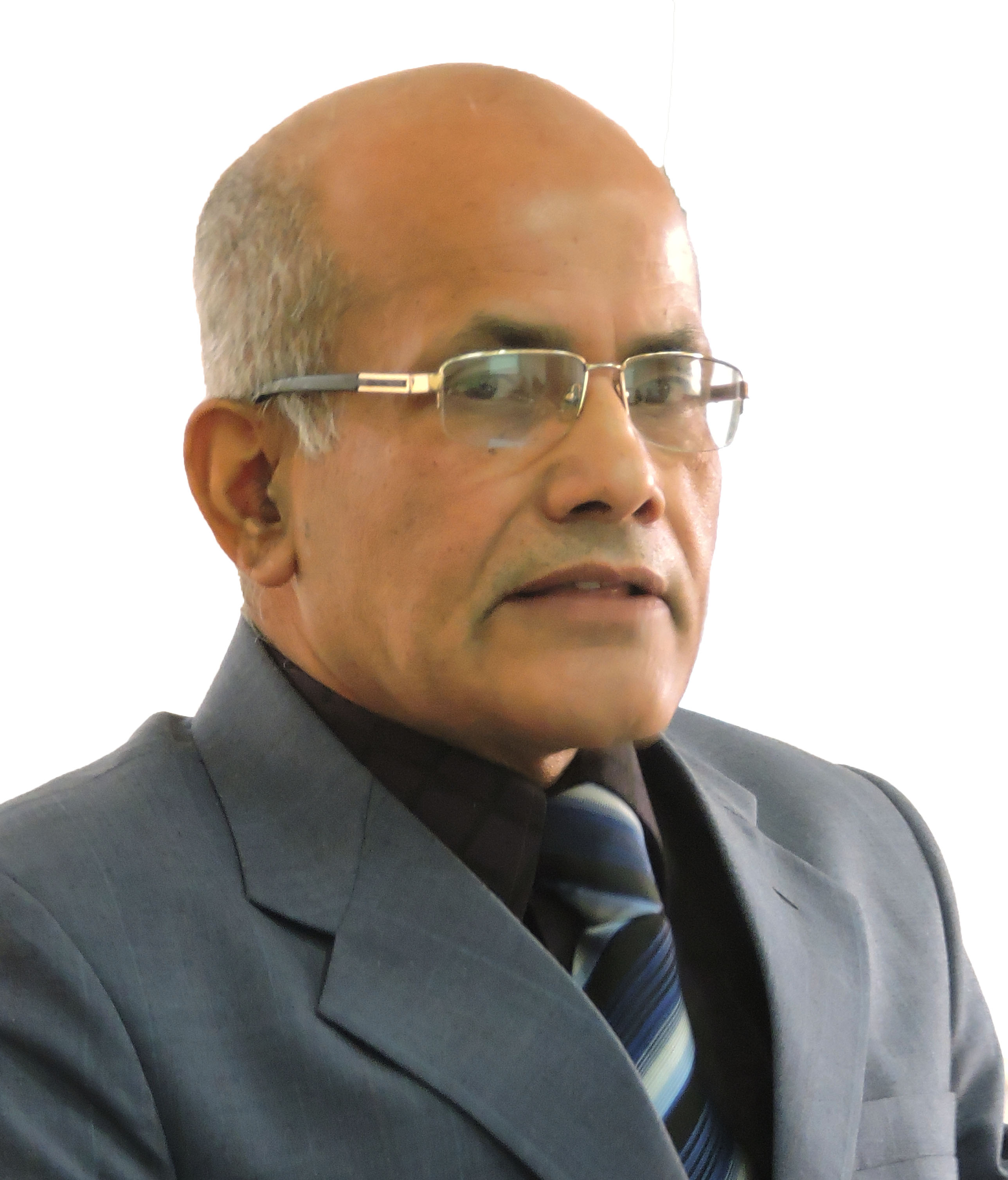


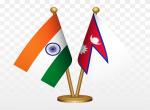
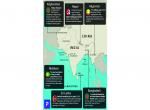
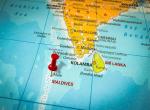

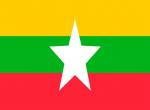
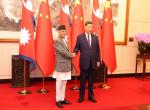
Post new comment